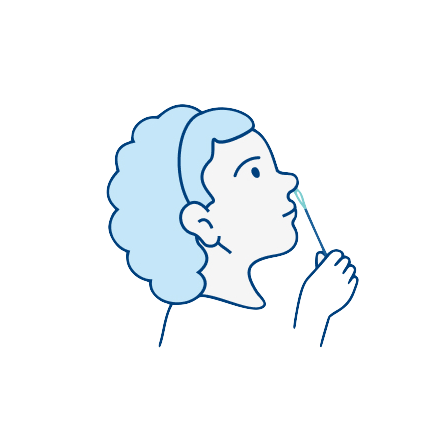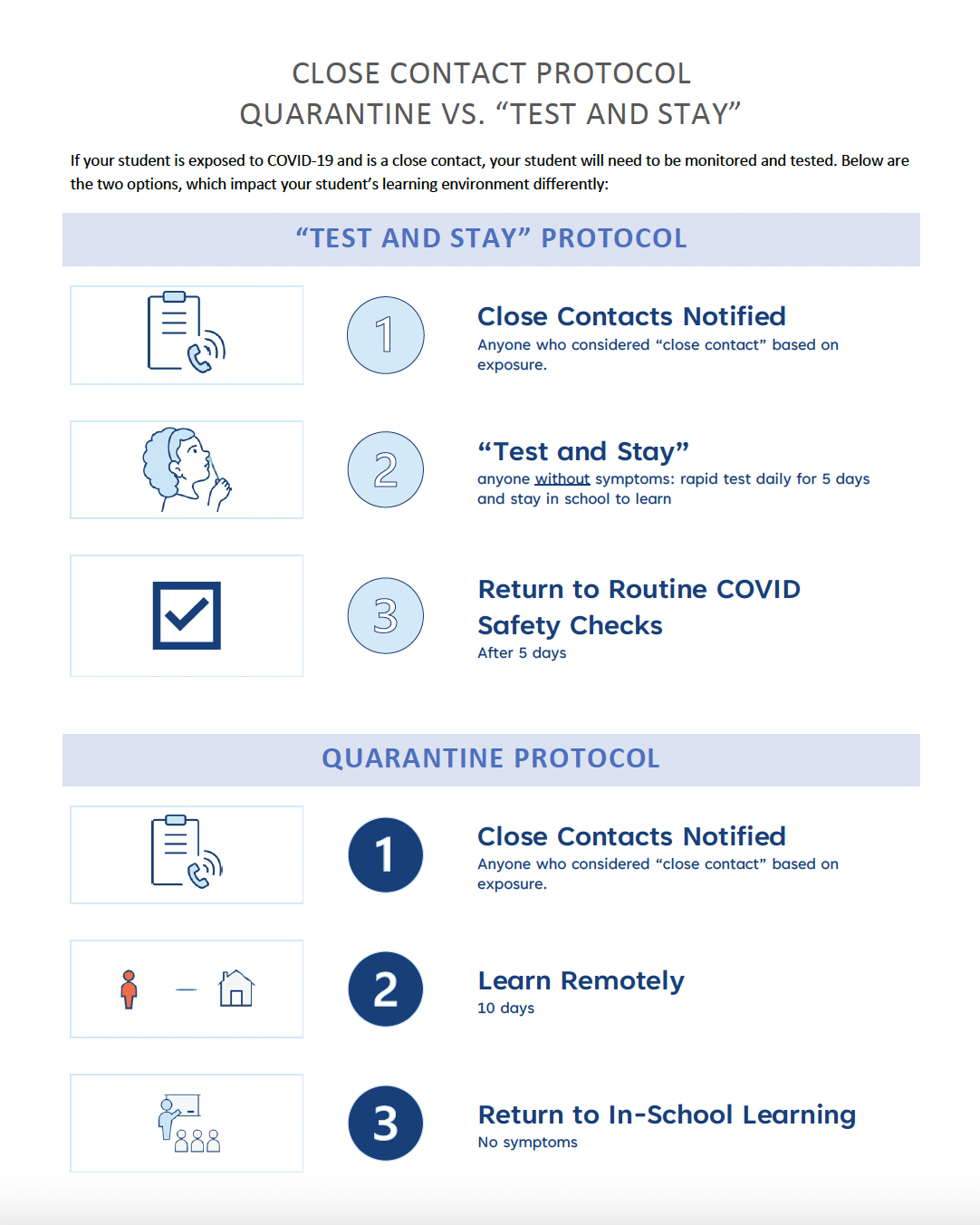Parent/Caregiver Materials
Why do Routine COVID Safety Checks?
Keep Kids and Staff Safe: catch cases before they spread to other students and staff
Keep our Schools Open: prevent further time away from in-person learning and friends by knowing whether it's COVID or just a cold
Stop the Spread: avoid infecting a member of your household or community
Español | العربية | Cabo-Verdiano | 中文 | Français | Kreyòl Ayisyen | Português | Soomaali | Tiếng Việt
What are the different types of COVID tests?
-

Nose Swab
Used for: Routine COVID Safety Checks
Our new swab tests are painless, fast, and so easy even a kindergartener can do it. It is not the “brain swab.” It only goes in the lower nostril.
Results: in 24-48 hours
Overseen by: school nurse
-

Saliva
Used for: Routine COVID Safety Checks
1 - 1.5ml of saliva spit into an individual tube. It does not take your DNA, it is only tested for COVID virus.
Results: in 24-48 hours
Overseen by: school nurse
-

BinaxNOW Swab
Used for: Contact Tracing/”Test and Stay”
This is a nose swab in the lower nostril, which is painless, fast, and easy. It is administered by a trained individual.
Results: in 15 minutes
Overseen by: school nurse
View the Isolation & Quarantine Protocols
COVID Safety Check Process
Routine COVID Checks are simple and easy. Share this simple 1-pager with your parents and caregivers!
Understanding Close Contacts Protocols
Parents now have a few choices if their student is considered a close contact. Share this 1-pager to help them understand how it impacts their learning environment.
Parent/Caregiver FAQ
Share this simple 1-pager on common parent/caregiver FAQs.
ADDITIONAL RESOURCES
Vaccination
Trust the Facts. Get the Vax
Share short, animated video (available in 10 languages)
Additional Family Resources
Have P-EBT? Get SNAP!
Many students who got P-EBT could also be eligible for more monthly food money with SNAP
Now that P-EBT is likely ending, sign up for SNAP
More info: MAp-EBT.org
Child Tax Credit
If families haven't filed taxes in the last few years, they may be missing out on thousands of dollars in federal payments (including $250-$300 per child per month with the Child Tax Credit).
Families can file taxes to get the money, even if they have no or very low income.
Learn more and find outreach materials in 11 languages at FindYourFunds.org.
Questions? Contact Sarah McKitterick (sarah@shahfoundation.org)



